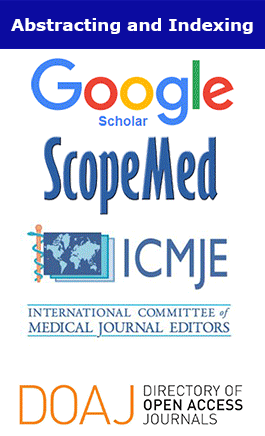The Classification, Related Hazards and Biomarkers of Particulate Matter
Baoming Zhang and Xiaomian Wu
Abstract
Particulate matter (PM), a mixture of solids, liquids and gaseous matters, is produced by natural environment or anthropogenic activities. Attribute to their small size and light weight, they could exist in human surroundings for a long time and migrate from long-distance. Particulate matter enters human body through respiratory tract, digestive tract, skin contact and other ways to cause damage to cells and organs, which is called particle disease. This review summarized the particles and their hazards that have attracted attention in recent years, the toxicity of cells and organs after entering human body, and we also concluded the potential markers indicating of cell and/or tissue toxicity. It should be useful for the research in prevention and treatment of the hazard of particulate matter on human health.



